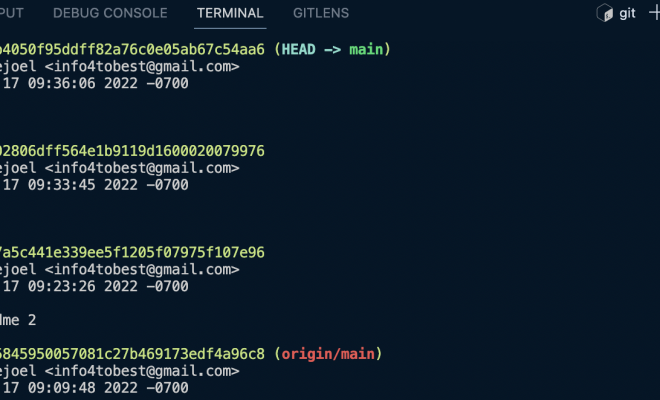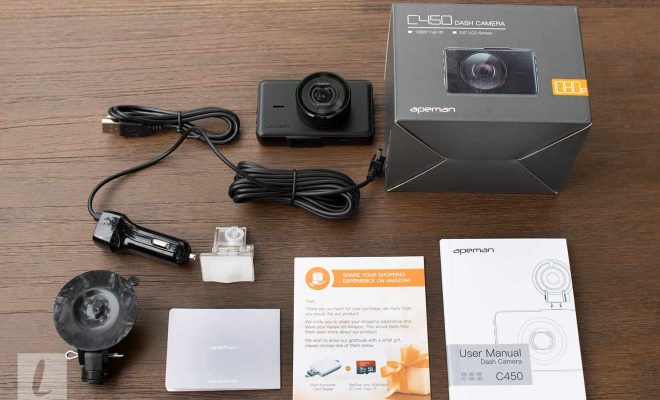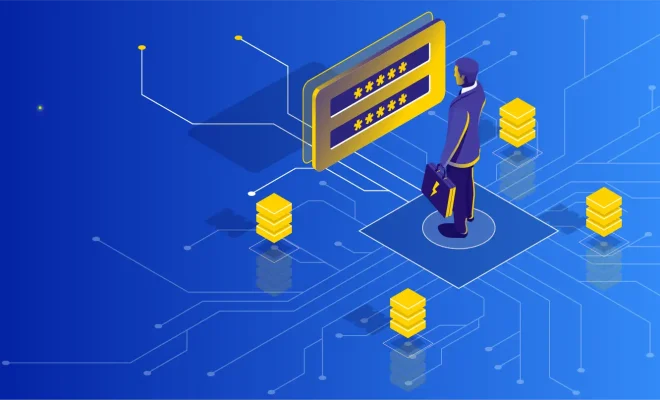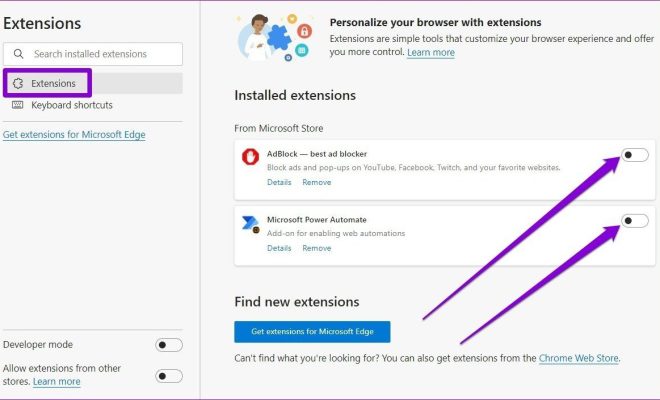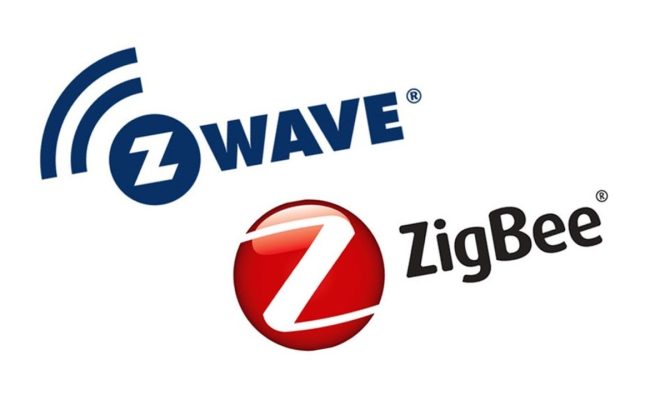What types of technologies help with remote onboarding?

The pandemic has forced many companies to adopt remote working, which has changed the way they hire and onboard new employees. Remote onboarding can be challenging when compared to traditional onboarding culture. However, a variety of technological tools are available that can make the onboarding process smoother and more efficient, both for the company and the new employee.
1. Collaboration and Communication Tools
One of the biggest barriers to remote onboarding is the lack of face-to-face communication. Fortunately, collaboration and communication technologies like Zoom, Google Meet, and Microsoft Teams bridge this gap by providing a platform for video conferencing and messaging.
These tools are ideal during the virtual onboarding process, as they facilitate communication between the hiring manager and the new employee. They also make it easier for new team members to get to know their colleagues and ask questions they would typically ask in person.
2. Learning Management Systems (LMS)
Learning Management Systems (LMS) facilitate the creation and management of e-learning courses. With an LMS in place, companies can provide formal training to new employees, regardless of their location.
An LMS can also help employees become familiar with company policies and procedures. It also provides the opportunity to learn important skills and knowledge that are essential for the job.
3. Digital Forms and E-signatures
Digital Forms and E-signatures are an essential part of remote onboarding workflow. These tools make it easier to manage the paperwork and signatures required during the onboarding process.
Digital forms eliminate the need for printing and scanning physical documents, making the process faster and more eco-friendly. E-signatures, on the other hand, allow the new employee to sign all necessary paperwork remotely, saving them the hassle of having to print and sign documents physically.
4. Project Management Software
Another essential tool for remote onboarding is project management software such as Trello or Asana. These platforms can help new employees better understand their responsibilities and assignments, manage their tasks, and communicate with colleagues.
Project management software is also useful for managers to keep track of new hires’ progress during the onboarding process. This will ensure that the process runs smoothly, and every new employee gets the support they need.
5. Virtual Reality (VR) and Augmented Reality (AR)
Virtual Reality (VR) and Augmented Reality (AR) technology have transformed remote onboarding. These technologies give the employee a more immersive and interactive experience.
For example, with VR, new employees can access a virtual environment that simulates the workplace environment, making them feel like they are physically present at the office. AR, on the other hand, is useful for providing new employees with information and tasks that are interactive in nature.

